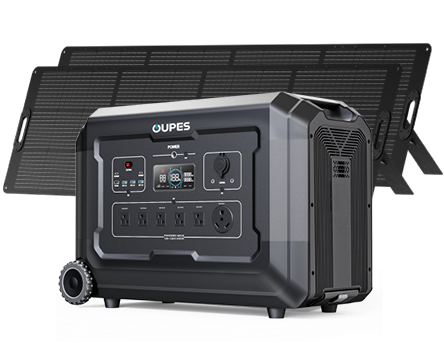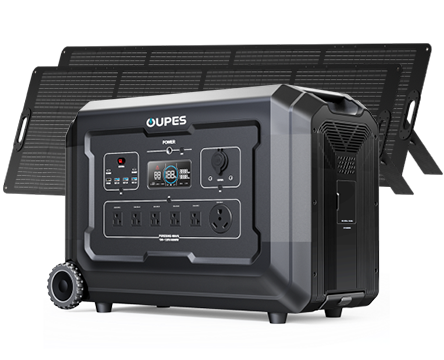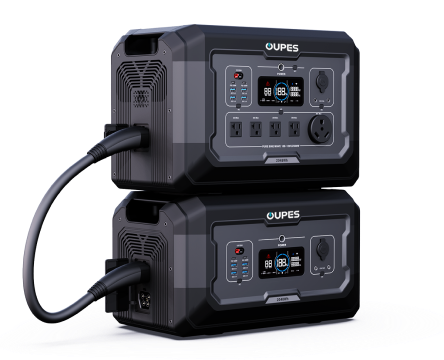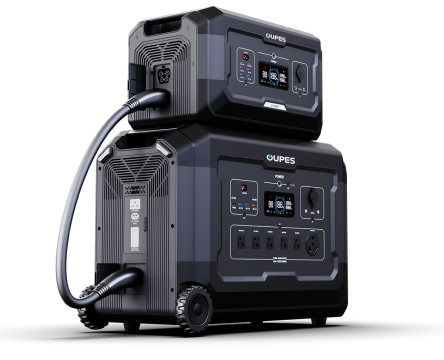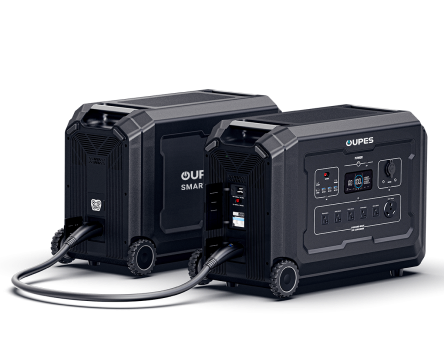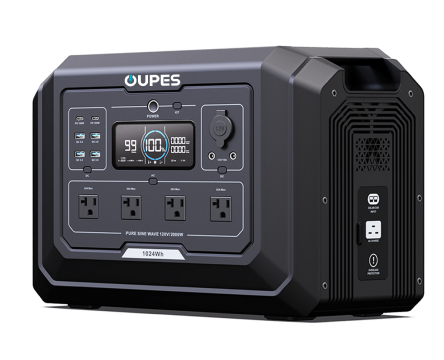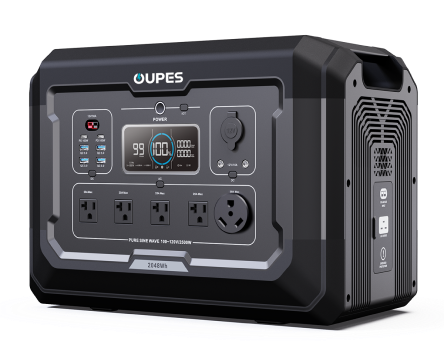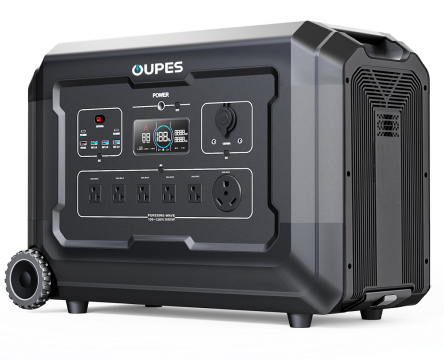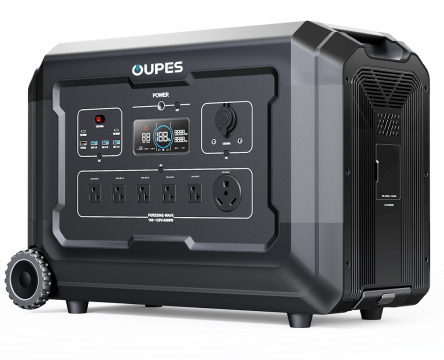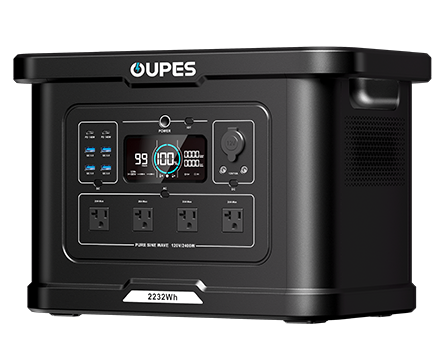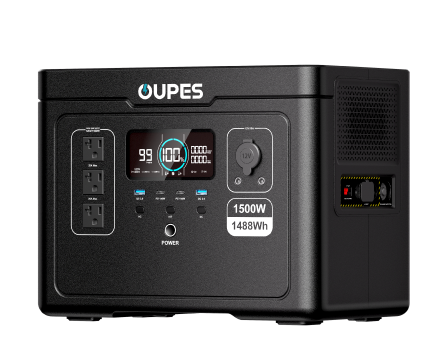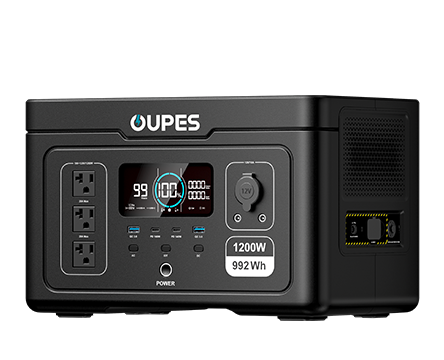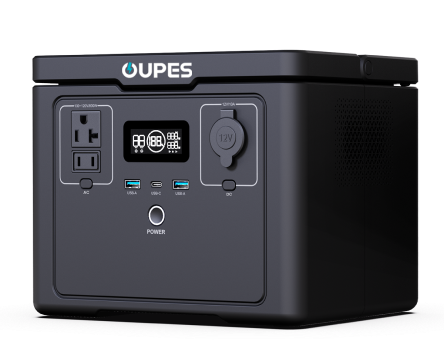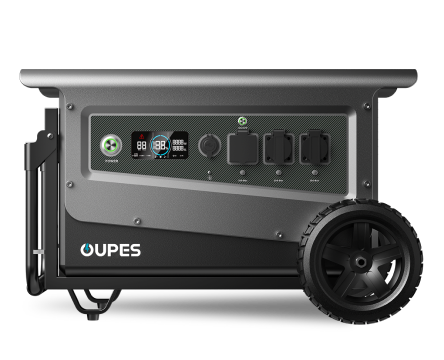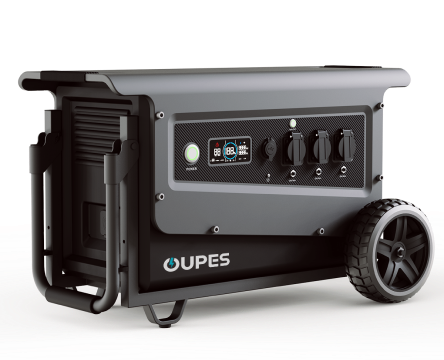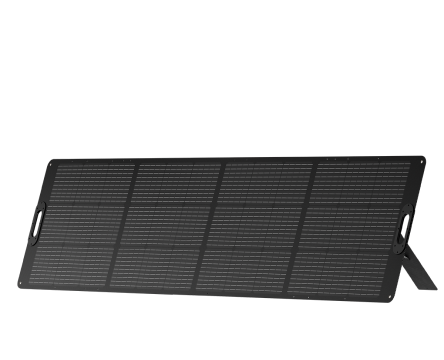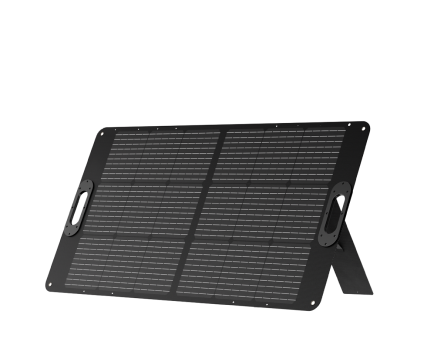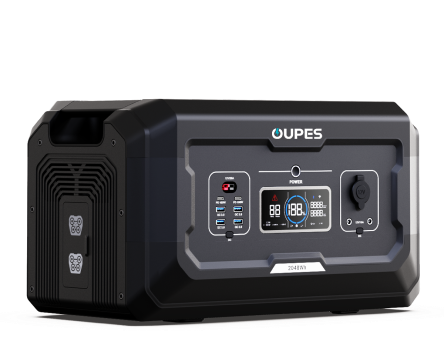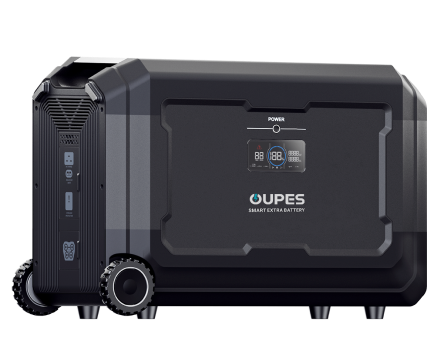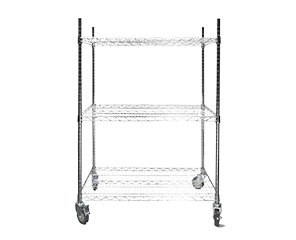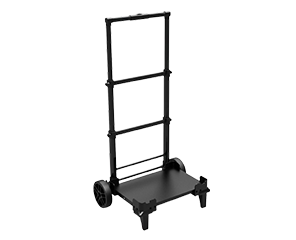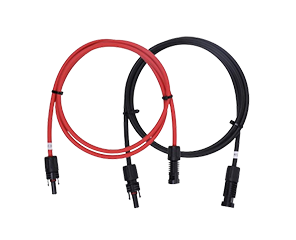![How Many kWh Does the Average Home Use Per Day? [Energy Consumption Breakdown]](https://oupes.com/a/blog/media/oupes.myshopify.com/Post/featured_img/oupes-exodus-1200-portable-power-station-1200w-992wh-235102.jpg)
Have you ever wondered how much electricity your home really uses every day? From the refrigerator humming in the kitchen to the television in the living room and the air conditioner working overtime in summer, our homes are buzzing with energy consumption. But how does it all add up?
In this detailed breakdown, we’ll explore how many kilowatt-hours (kWh) the average home consumes daily, what appliances are the biggest energy hogs, how regional and seasonal factors come into play, and how tools like OUPES portable power stations can help you take control of your home energy management. Whether you're looking to reduce your utility bill or prepare for an off-grid lifestyle, this guide will provide practical insights.
Understanding Average Daily Home Energy Usage
Electricity usage is typically measured in kilowatt-hours (kWh), which reflects the amount of energy used over time. The average home in the United States consumes about 30 kWh per day, but this number varies based on house size, number of occupants, location, and lifestyle habits.
For example, a small apartment with energy-efficient appliances may only use 10–15 kWh per day, while a larger home with a family of four, central air conditioning, and numerous electronics may exceed 40 kWh daily. This energy is distributed among various household needs including heating, cooling, lighting, cooking, and electronics.
Here's a simple breakdown of typical daily energy use in a moderately sized household:
| Appliance/Function | Average Daily kWh |
|---|---|
| HVAC (Heating/Cooling) | 10–12 kWh |
| Water Heating | 3–5 kWh |
| Refrigerator | 1–2 kWh |
| Lighting | 1–3 kWh |
| Electronics | 2–4 kWh |
| Kitchen Appliances | 2–3 kWh |
Understanding these figures helps homeowners take practical steps to reduce energy consumption, such as upgrading to energy-efficient appliances or using smart thermostats to regulate heating and cooling more effectively.
Top Energy-Consuming Appliances in the Home
Some appliances are far more energy-intensive than others. Knowing which devices draw the most electricity can help you make smarter decisions about usage and upgrades.
Heating and cooling systems are the biggest culprits. Central air conditioners, electric furnaces, and space heaters can consume more energy than all other appliances combined, especially during peak seasons. For instance, a central AC unit can use 2–5 kWh per hour during operation.
Water heaters come next, especially electric ones. Heating water for showers, laundry, and dishwashing can use up 15–20% of your home's energy. Switching to a tankless or solar water heater can significantly reduce this load.
Refrigerators and freezers run 24/7 and can add 1–2 kWh to your daily total. Older units are far less efficient than Energy Star-rated models, which use less than half the energy.
Electronics and entertainment systems, while seemingly benign, add up over time. Game consoles, computers, routers, and televisions can consume a few kWh daily, especially when left on standby mode. Power strips and smart plugs help mitigate this.
Finally, washer and dryer units, dishwashers, ovens, and microwaves all contribute significantly. Running laundry loads with hot water and using electric dryers can spike your usage quickly.
Seasonal and Regional Variations in Power Usage
Energy usage patterns vary widely depending on geography and climate. Homes in colder northern states may use more electricity in winter for heating, while those in hotter southern states might see a summer spike due to air conditioning.
During winter months, electric baseboard heaters or space heaters can cause energy consumption to rise sharply. In summer, air conditioning becomes the main contributor. Even lighting can impact usage, as shorter daylight hours in winter lead to more time with lights turned on.
Solar gain, insulation quality, and building orientation all play roles as well. A home with poor insulation will require more heating or cooling to maintain a comfortable indoor environment, resulting in higher energy use. Conversely, well-insulated homes retain temperature more effectively, conserving energy.
In rural or off-grid regions, energy usage may be lower out of necessity, but there's also a higher reliance on portable power stations or solar power systems. Here, OUPES products can be especially valuable. For instance, the OUPES Mega 3 Home Backup & Portable Power Station (3600W, 3072Wh) offers enough capacity to power lights, small appliances, and even HVAC systems during outages or in solar setups.
How to Calculate and Monitor Your Daily kWh Use
Tracking your electricity usage gives you greater control over your household energy budget. Most utility companies provide smart meters and online dashboards to view daily or even hourly consumption data. You can also manually calculate kWh usage using appliance wattages and usage hours.
Here’s the formula: Watts × Hours Used ÷ 1000 = kWh. For example, if you run a 1000-watt microwave for 30 minutes, the calculation would be 1000 × 0.5 ÷ 1000 = 0.5 kWh.
Smart plugs and energy monitors can measure real-time usage and help identify energy-draining appliances. This allows you to make smarter decisions such as replacing inefficient devices or adjusting behavior (like turning off lights in unused rooms).
Using a backup solution like the OUPES Exodus 1500 Portable Power Station (1500W, 1488Wh) also enables you to actively monitor output and optimize loads. It’s ideal for running key household items during an outage or powering specific zones of your home to reduce overall grid dependency.
Reducing Home Energy Consumption with OUPES Power Stations
Reducing daily electricity usage not only saves on utility bills but also reduces environmental impact. OUPES portable power stations offer flexible, sustainable power options for both emergencies and everyday use.
The OUPES Titan 5 Portable Power Station (4000W, 5040Wh) is a robust system capable of running entire zones in your home, from kitchen appliances to HVAC units. It's particularly useful in larger homes or those wanting partial off-grid functionality.
For more targeted use, such as a home office or entertainment system, the OUPES Exodus 1200 (1200W, 992Wh) provides efficient and clean power, minimizing reliance on wall outlets. You can also integrate it with solar panels for sustainable operation.
OUPES products empower homeowners to balance energy use, increase energy independence, and reduce vulnerability to grid outages. Whether you're looking to offset daily consumption or prepare for emergencies, there’s a reliable OUPES solution to match your lifestyle.
Conclusion
Daily energy consumption in the average home depends on numerous factors, including house size, number of occupants, appliances, and climate. While most households fall within the 20–40 kWh range per day, strategic upgrades and monitoring can significantly lower this figure.
By identifying high-consumption devices, adopting efficient technologies, and integrating renewable power sources like OUPES portable power stations, homeowners can take meaningful steps toward energy efficiency, cost savings, and environmental stewardship.


